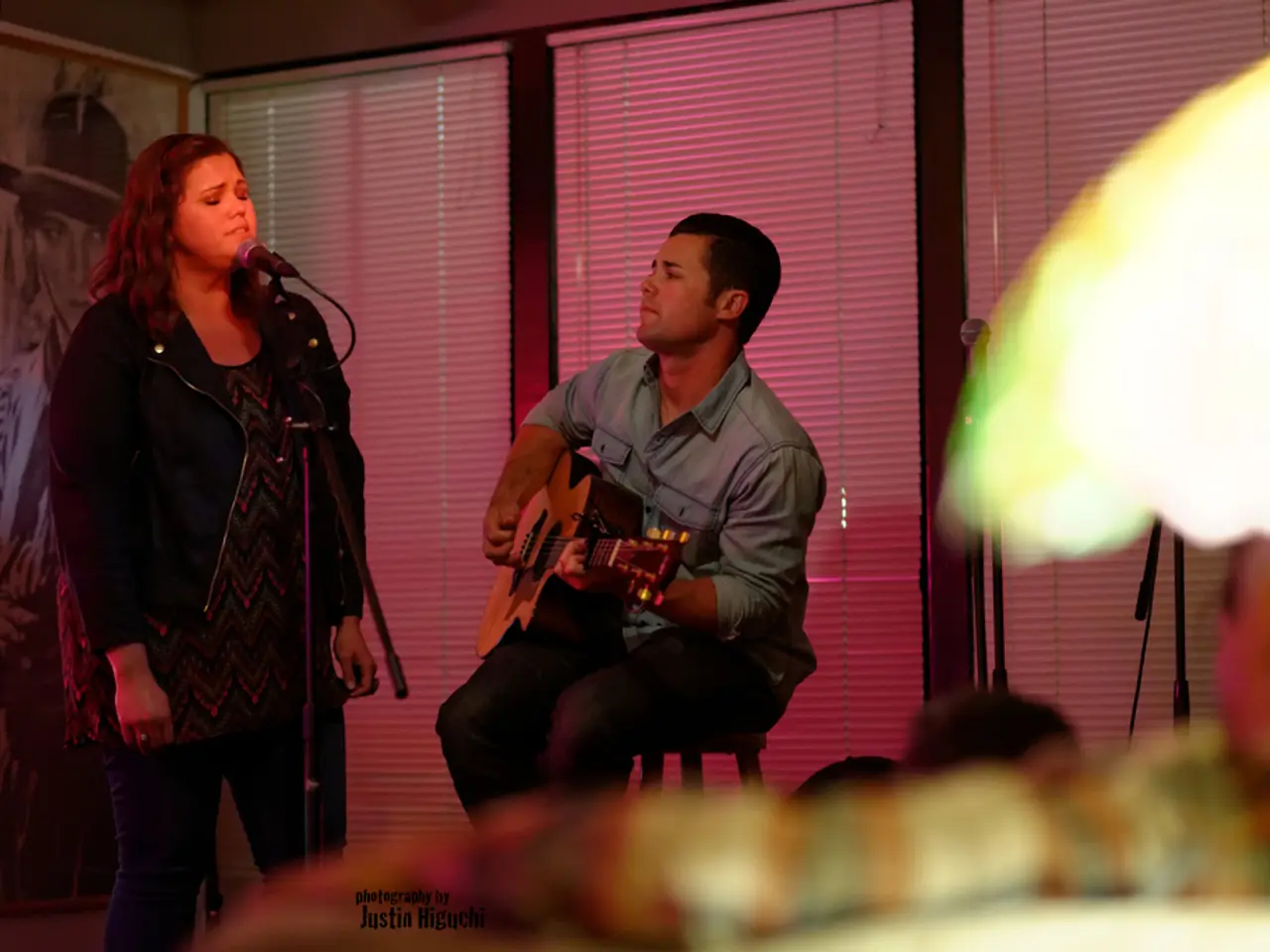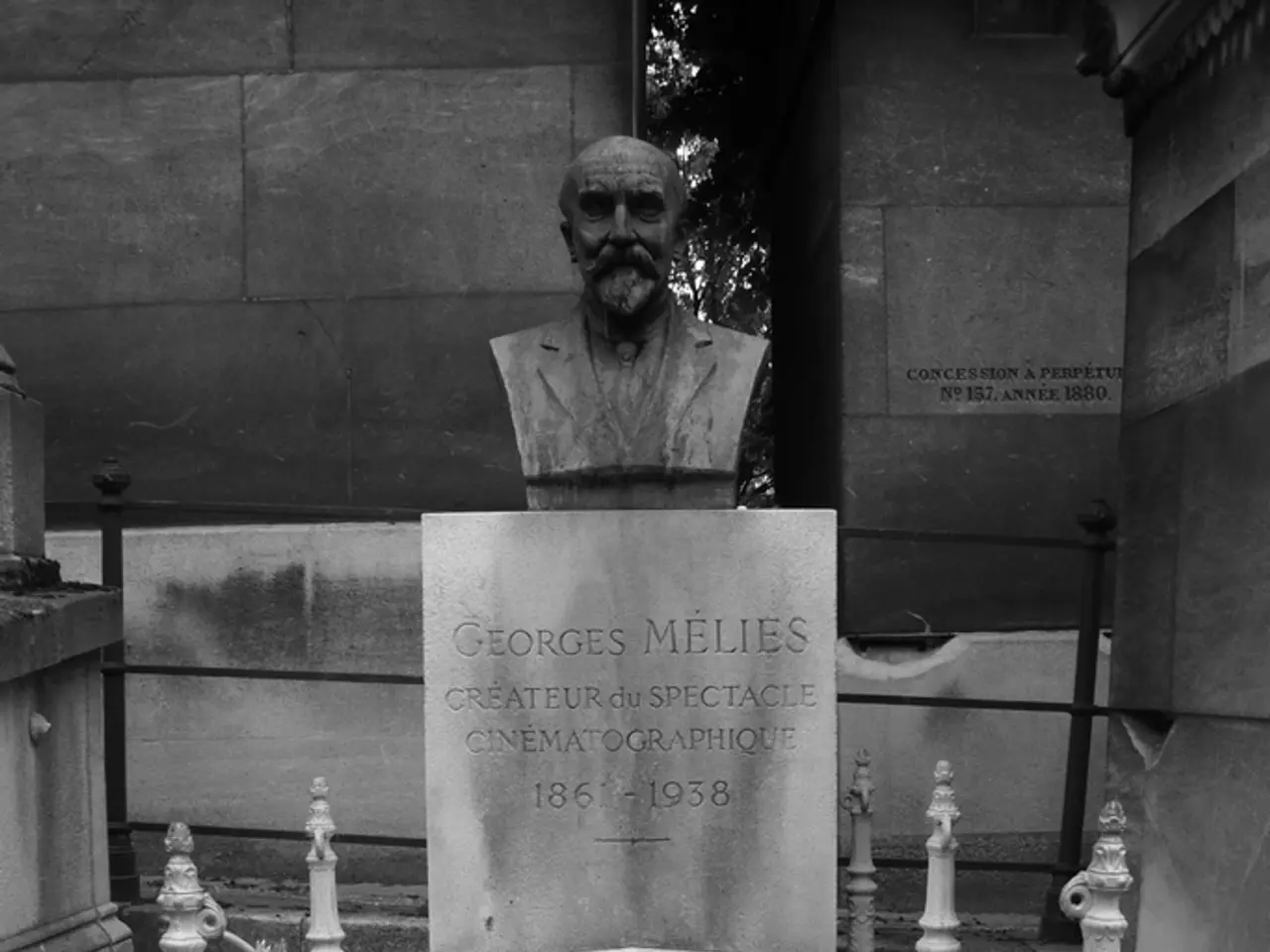Chord Inversion Symbols Decoded: A Guide to Understanding Figured Bass Notation
Figured Bass: A Concise Notation System for Harmonies in Music
Figured bass is a historical notation system used in music theory to provide a concise way of indicating intervals and chords above a bass line. This system, originating in the Baroque period, has played a significant role in guiding harmonic structure, facilitating improvisation, and serving as a foundational tool for understanding voice-leading and harmony in early music theory and practice.
In figured bass, numbers and symbols are written below the bass notes to specify which intervals above the bass should be played, effectively outlining the chord. This allows keyboardists or other continuo players to fill in the harmonies appropriately without having all chord notes explicitly written out.
Figured bass symbols indicate the inversion of a chord. For instance, a seventh chord can be arranged in third inversion, where the seventh note is the lowest, or the slash in a chord symbol indicates that the seventh or the third should be played in the lowest voice of the chord. Chord inversions, such as first, second, and third inversion, contain the same individual notes as basic chords but are arranged in a different order.
Inversions allow for more creative voice leading possibilities. For example, inverting the chords in a progression preserves smooth downward stepwise motion in the bass voice, as seen in The Beatles' "While My Guitar Gently Weeps", where there are two inversions present in the descending minor progression.
Figured bass provides insight into Baroque harmonic practice, voice-leading, and chord construction. It is linked closely to chord progressions, as the figures indicate intervals that form specific chords built from the bass note. This system enables analysis and understanding of underlying harmonic functions in music that uses a bass-driven harmonic framework.
In modern sheet music, figured bass can be seen using small subscript numbers under chord symbols. Triads can be written in three ways: root position, first inversion, second inversion, and third inversion. Each inversion begins on a different note: first inversion begins on the first interval above the root, second inversion begins on the second interval above the root, and third inversion begins on the top note of the chord, otherwise known as the seventh.
In proper figured bass, basic intervals are generally omitted to make the symbols simpler. An inverted chord can be rewritten as a familiar basic triad by rearranging its notes. Proper figured bass is a method used to write chord inversions in Roman numeral analysis, making it an essential tool for musicians and music theorists.
In conclusion, figured bass is a valuable tool in music theory, connecting the bass line to the harmonic framework of a piece, allowing musicians to interpret and realize full chordal textures from a simple bass notation. Its significance lies in its ability to represent harmonic intent with minimal notation, support improvisation and realization of chord progressions, provide insight into Baroque harmonic practice, and serve as a foundational tool for understanding voice-leading and harmony in early music theory and practice.
[1] Palisca, Claude V. "Harmony in Western Music." W. W. Norton & Company, 2011. [5] Sadie, Stanley, and John Tyrrell, eds. "The New Grove Dictionary of Music and Musicians." 2nd ed., Macmillan Publishers Ltd, 2001.
Music distribution can be traced back to the Baroque period, where figured bass served as a concise notation system for harmonies in music. In the modern context, figured bass symbols can be seen in sheet music, guiding entertainment by providing a foundation for understanding voice-leading, harmony, and chord construction.
Figureed bass, being a fundamental tool for musicians and music theorists, facilitates the understanding of underlying harmonic functions in music that employs a bass-driven harmonic framework, much like how it supported improvisation and realization of chord progressions in early music theory and practice.








